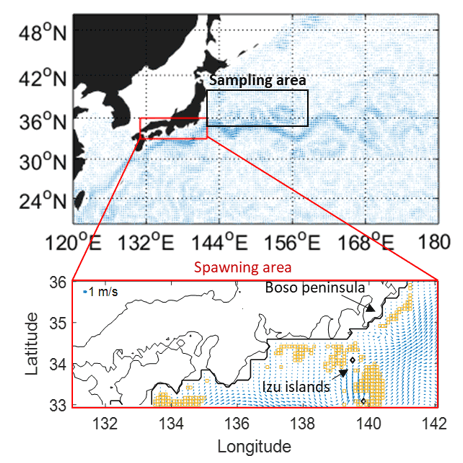2022-06-22 ケンブリッジ大学
この発見は、同地域で石器が発見されてから1世紀後のことであり、管理された発掘調査と放射性物質による年代測定が行われた結果です。
ケンブリッジ大学の考古学者が率いるこの研究は、ネアンデルタール人の祖先であるホモ・ハイデルベルゲンシスが、この時代(まだヨーロッパに属していた頃)に南ブリテンに住んでいたことを確認するとともに、ヨーロッパ先史時代で最も早く動物の皮を加工したことをほのめかす、興味深い証拠を与えている。
<関連情報>
- https://www.cam.ac.uk/stories/canterbury-suburbs-home-to-early-humans
- https://royalsocietypublishing.org/doi/10.1098/rsos.211904
イギリス最古のアシュルリアンについて:MIS 15遺跡フォードウィッチ(イギリス・ケント州)の初生年代と原位置の遺物について On the earliest Acheulean in Britain: first dates and in-situ artefacts from the MIS 15 site of Fordwich (Kent, UK)
Alastair Key,Tobias Lauer,Matthew M. Skinner,Matthew Pope,David R. Bridgland,Laurie Noble and Tomos Proffitt
Royal Society Open Science Published:22 June 2022
DOI:https://doi.org/10.1098/rsos.211904

Abstract
Northern Europe experienced cycles of hominin habitation and absence during the Middle Pleistocene. Fluvial gravel terrace sites in the east of Britain and north of France provide a majority of the data contributing to this understanding, mostly through the presence or absence of stone-tool artefacts. To date, however, relatively few sites have been radiometrically dated, and many have not been excavated in modern times, leading to an over-reliance on selectively sampled and poorly dated lithic assemblages. This includes Fordwich (Kent, UK), where over 330 bifaces were discovered through industrial quarrying in the 1920s. Here, we present the first excavation and dating of artefacts discovered in situ at Fordwich, alongside their technological analysis and relationship to those previously recovered. The site is demonstrated to retain deposits of Lower Palaeolithic artefacts, with 251 flakes, scrapers and cores identified to date. Infrared-radiofluorescence (IR-RF) dating of feldspar reveals 112 artefacts to have come from levels dating to at least 570 ± 36 to 513 ± 30 thousand years ago (ka) and are most plausibly assigned to an MIS 14 deposition, with artefacts produced during MIS 15 (approx. 560–620 ka). Indeed, these IR-RF samples provide minimum ages for artefacts. Combined with evidence from exposures linked to the original quarrying activities, a similar MIS 15 age is suggested for the more than 330 handaxe artefacts discovered in the 1920s. The remaining excavated artefacts come from levels dated to between 347 ± 22 and 385 ± 21 ka (MIS 10 or 11), with this later age interpreted to reflect post-MIS 14 deposition by substrate gullying and solifluction. These data demonstrate Fordwich to be one of the earliest Palaeolithic sites in northwestern Europe, and to retain the only large Acheulean handaxe assemblage directly dated to pre-MIS 13. Thus, Fordwich is determined to be a crucial piece of the pre-Anglian Palaeolithic puzzle in northern Europe.



